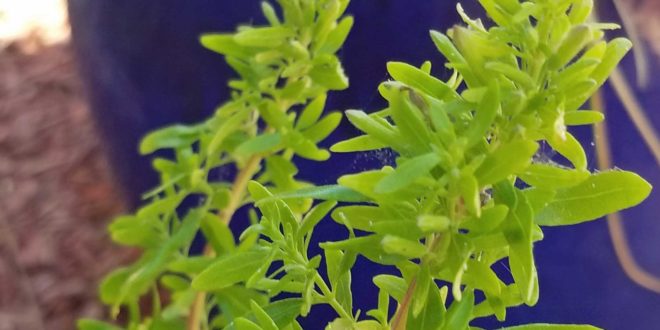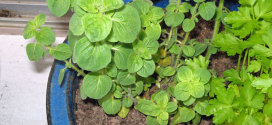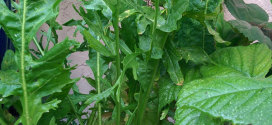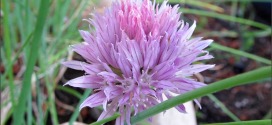Mexican Oregano’s taste is more citrusy than Mediterrean oregano, which has mint notes; with subtle hints of lime that really enhance the flavor of chiles and paprikas. It is frequently called for in chili powders, chili con carne, and various spicy/hot dishes, especially the traditional Mexican and Central American moles and rojos. Mexican Oregano is also outstanding in flavoring beans, burritos, enchiladas, fish, pork, salsas, soups, stews, tacos, tomato-based sauces and as an ingredient in seasoning blends. Some spices that it partners well with are cumin, chili powder, dried Mexican chiles, garlic and pepper.
Mexican Oregano, Lippia graveolens, a species of flowering plant in the verbena family, Verbenaceae, is native to the southwestern United States (Texas and southern New Mexico), Mexico, and Central America as far south as Nicaragua. Other common names include redbrush lippia, orégano Cimmaron, scented lippia, and scented matgrass. The specific epithet is derived from two Latin words: gravis, meaning “heavy”, and oleo, meaning “oil”. It is a shrub or small tree, reaching 3–8 ft) in height. Fragrant white or yellowish flowers can be found on the plant throughout the year, especially after rains.
Mexican oregano needs full sun and well-drained soil. Not surprisingly, it is drought tolerant. It is hardy in zones 10 and 11. In zone 9 (Sunnyvale, CA), it may or may not survive the winter depending on the temperature and amount of rain. Too much cold and wet will kill it. In northern zones, the plants are grown in containers and brought indoors in the winter or grown indoors year-round.
Plants should be divided every two to three years to remain healthy. Division can be done in the early spring before the plants begin actively growing. Plant the divisions at least 12 inches apart. If growing Mexican oregano in a container, repot into a larger container, at least 2 inches wider, every two to three years or divide and replant the divisions into separate containers.
Propagation is most successful using cuttings of growing tips of the branches taken in the late summer. Once the cuttings have taken root, pinch back the plants to encourage branching.
Leaves can be harvested year-round as needed for cooking. Rather than harvesting individual leaves, cut off branches as if pruning the plant. The leaves can be used to cook with while the stripped branches can be used as skewers or thrown into the barbecue to add flavor to your food.








